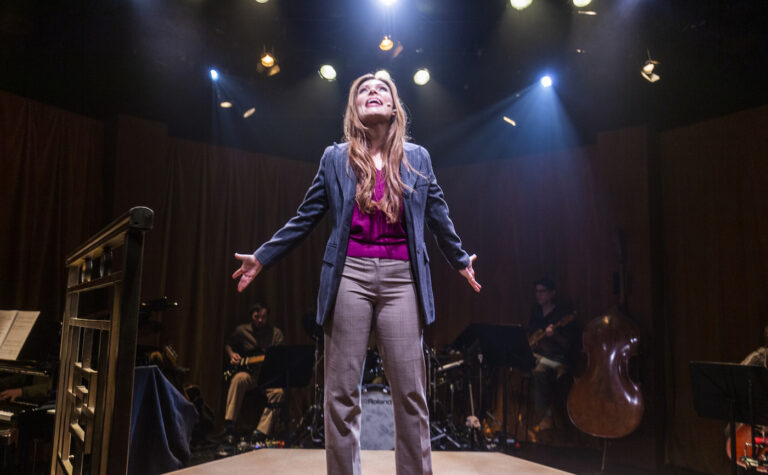
Crowded House
As the the State Labor Party’s sixteen year long reign draws to a close, inner city residents can reflect on the brave new world the ALP will leave behind. Lined along the City’s transport corridor from the CBD south to the airport, a swathe of soulless, high density apartment blocks will sprawl from Redfern all the way south to Botany Bay. Old working class neighbourhoods and local businesses have been leveled to make way for tons of concrete, glass and steel. Marketed as “Green Square”, the new monotonous, urban environment is as far removed from mother-nature as Labor has become from open and accountable governance. Hiding behind closed doors and commercial in confidence agreements, the ALP has secretly sold off vast tracts of prime, publicly owned real estate to create lucrative investment opportunities for party donors. It should come as no surprise that one of Kristina Keneally’s final acts as Premier, before the Labor Party closes up shop – has been to announce the massive redevelopment of Redfern Waterloo. As the local member for Heffron, she has maintained responsibility for the Redfern Waterloo Authority— which has drawn up redevelopment plans for some of the city’s poorest urban neighbourhoods, which are in her seat. In Labor’s last weeks in office, the government has announced that homes on public land in the area will increase by 100%. And height limits in the area will be substantially increased with three story buildings slated to be replaced by buildings towering as high as eight stories. No doubt Keneally is hoping that the developers will come to the party.
While birthrates in Australia have remained relatively stable (as in much of the west) and the local population is only projected to increase modestly due to extended life expectancy, the ALP has argued that the State must absorb more and more migrants to stimulate economic growth. Successive State and Federal governments have pursued a rampant migration policy that will see both Sydney and Melbourne’s populations increase from 4 to 6 million people in 2030, a 50% population increase in less than twenty years with much of that increase housed in concrete bunkers. In order to absorb this substantial influx, Labor has argued we need to consolidate the population in urban centres, turning Sydney into a Hong Kong of the South Pacific. Some party members have started to question the wisdom of unbridled population growth. Former Premier Bob Carr has argued that Australia’s population should be capped at 28 million people. And yet while he was in office, he presided over a massive increase in population density in the urban centre. Four years before Carr became Labor Premier, the population in the City of Sydney was only 40,000. By 2004, the year before he left office, the City of Sydney’s population had nearly trebled to 150,000. Just two years ago in 2009, the population had grown to 177,000.
Elected Lord Mayor on a wave of anti Labor sentiments, the community expected that Clover Moore would keep the deals with the developers at bay. And yet under her leadership, Moore has prepared plans for the largest urban redevelopment in the City’s history. Working cheek in jowl with the State government as Sydney’s State MP and Lord Mayor, Clover has paved the way for the City’s residential population to grow by an astonishing 100,000 people over the next 20 years, taking the population from 177,000 in 2009 to more than 275,000 people by 2030. Cynically branded as Sustainable Sydney 2030, she has developed a blue print for rampant over development during the next two decades that is anything but sustainable. Buried amidst a sea of pretty pictures and eco spin, printed on recycled paper, Clover’s 2030 vision projects a staggering 71,105 additional apartment units to be crammed into the existing local area. Rather than oppose a raft of major apartment blocks, Clover Moore has worked with the Labor government to ensure that the City has a blueprint in place to meet the State’s population growth figures by 2030. From Harold Park in Glebe to Green Square Clover has approved a raft of concrete residential kennels, arguing that if the City does not approve them, the State will approve even more massive high rise developments.
Barry OFarrell has announced that if the Coalition takes office (as expected), the government will steer away from its existing plans for urban consolidation to a new policy of developing the greenfields around Sydney’s outer suburbs, where no doubt coalition supporters are more abundant. Under Labor 70% of new developments have been slated for the existing urban areas and 30% have gone into outlying areas. O’Farrell has stated that under his leadership, 50% of all new developments will occur in Sydney’s outlying areas where mass transit and infrastructure are virtually non existent NSW Department of Planning projects that such a policy will lead to an additional 550,000 people moving into the western suburbs and an extra 128,000 homes being built on the city’s fringes.
Where ever an additional two million additional bodies are buried in Sydney over the next twenty years, it is clear that a change of government will not lead to a rethink about whether or not it is desirable or sustainable for Sydney’s population to increase by more than fifty percent in less than 20 years. Without such a major rethink, Sydneysiders will live in a crowded house.









